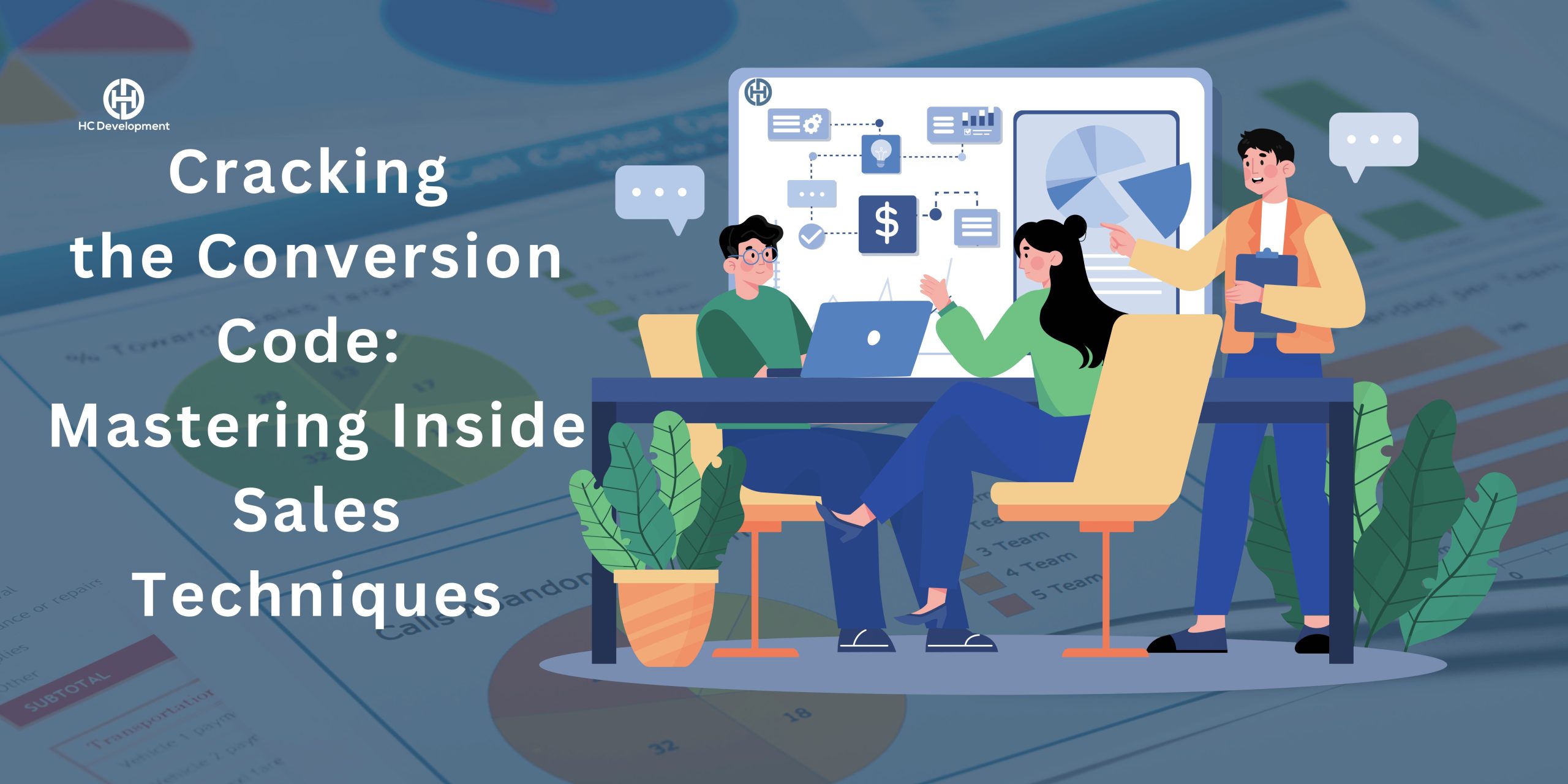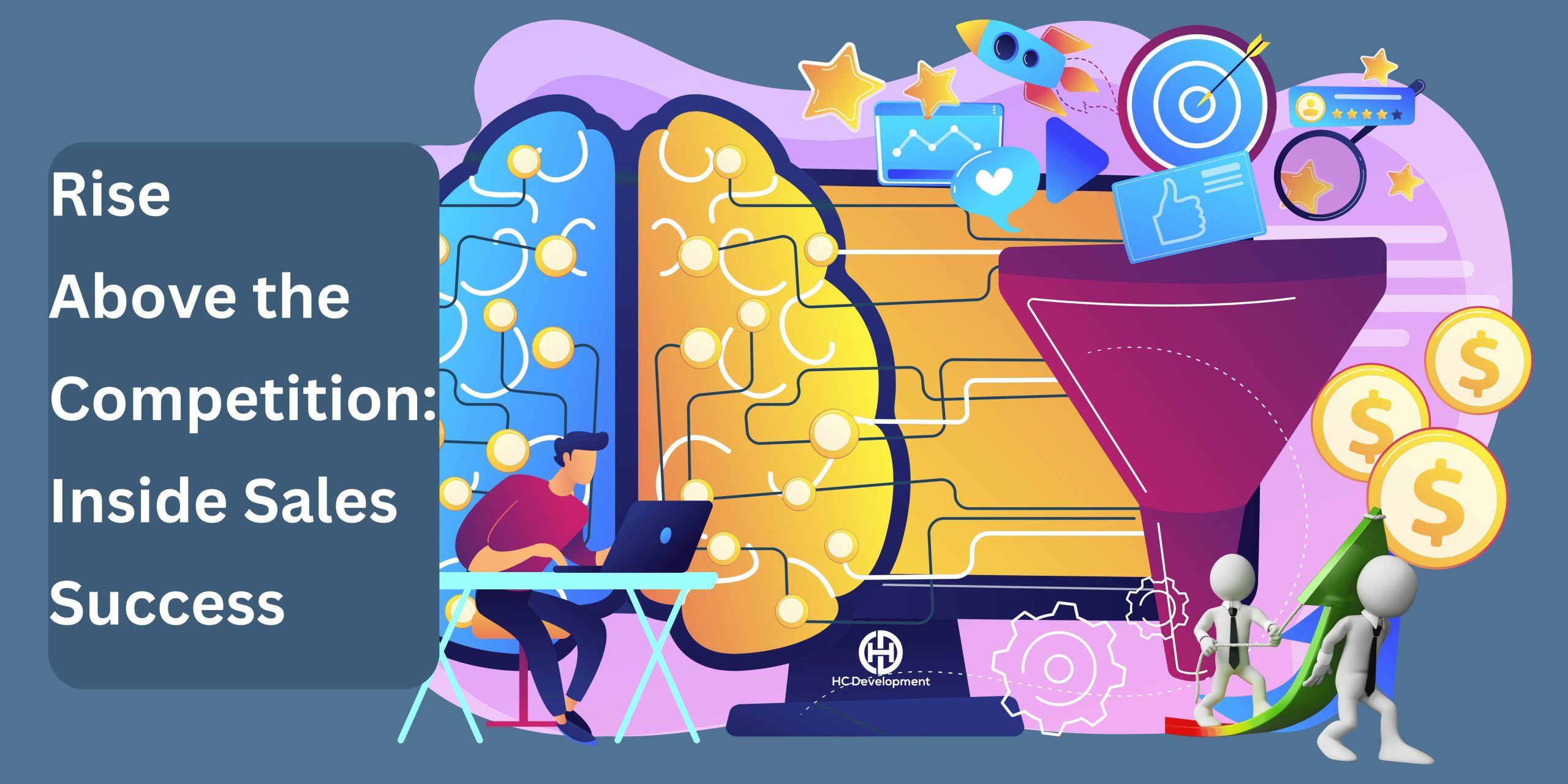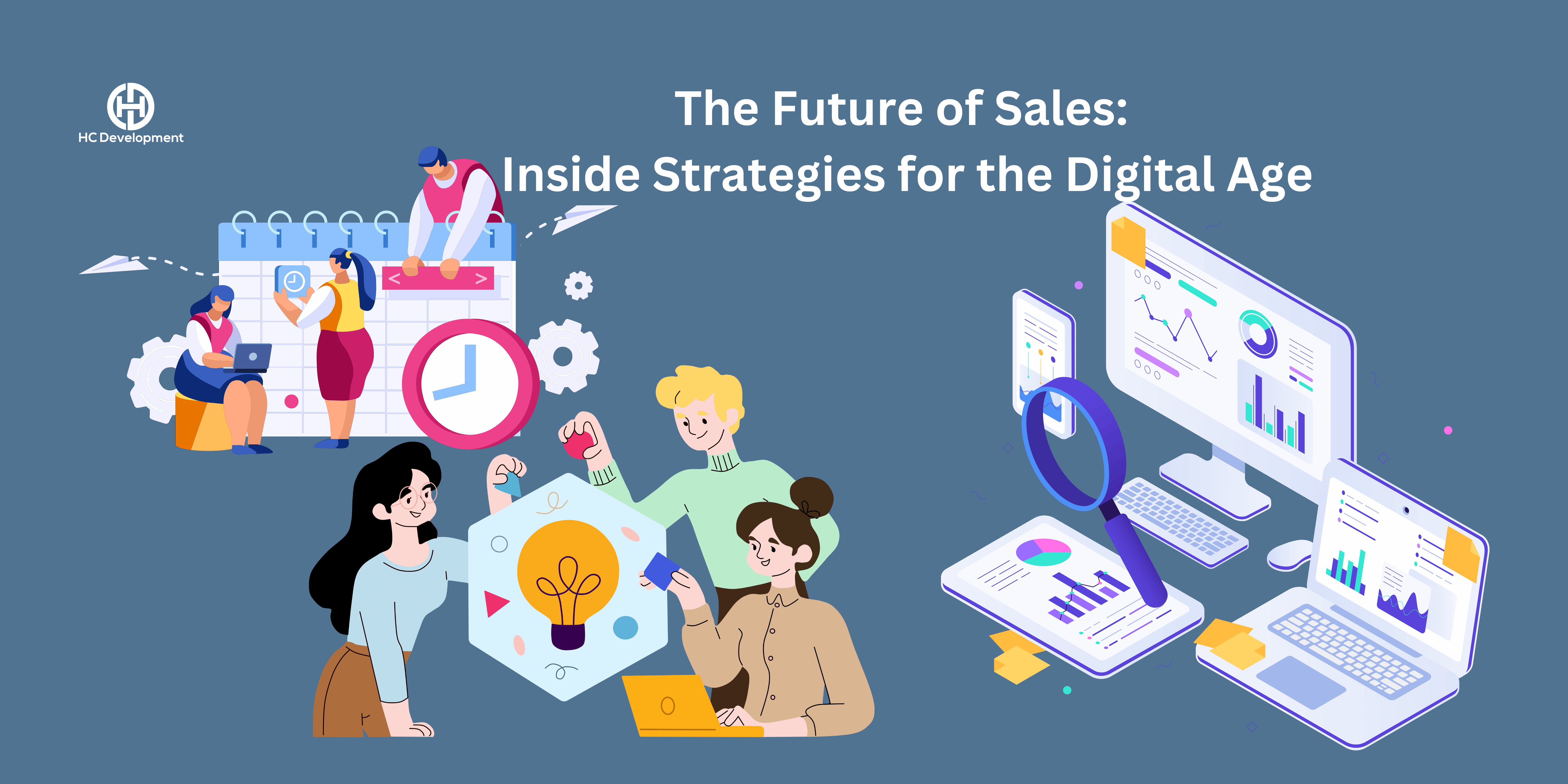Cracking the Conversion Code: Inside Sales Techniques That Lead to Victory
Introduction
Inside sales, the art of selling remotely without face-to-face interaction, has evolved dramatically over the past decade. As businesses increasingly shift towards digital platforms, mastering inside sales techniques has become essential for driving conversions and achieving sales success. This comprehensive guide will delve into proven inside sales strategies, offering actionable insights that will help you crack the conversion code and secure more wins in your sales efforts.
Unlocking Success in Inside Sales: Proven Techniques to Boost Conversions
Understanding Inside Sales
What is Inside Sales?
Inside sales refer to the practice of selling products or services remotely, typically through phone calls, emails, or online channels. Unlike traditional field sales, inside sales professionals do not meet customers in person but instead rely on technology to communicate and close deals.
The Rise of Inside Sales
The rise of inside sales can be attributed to several factors:
- Cost Efficiency: Inside sales eliminate travel costs and reduce overhead expenses.
- Scalability: Sales teams can reach a larger audience through digital channels.
- Flexibility: Inside sales allow for quicker adaptation to market changes and customer needs.
The Importance of Inside Sales in Modern Business
Inside sales have become a critical component of modern business strategies. It allows companies to:
- Reach a Global Audience: Inside sales teams can target customers across different regions and time zones.
- Enhance Customer Engagement: Through personalized communication, inside sales professionals can build stronger relationships with customers.
- Drive Revenue Growth: Effective inside sales techniques can lead to higher conversion rates and increased sales.
Key Elements of Successful Inside Sales
1. Building a Strong Sales Pipeline
Why It Matters
A well-structured sales pipeline is the foundation of any successful inside sales strategy. It helps sales professionals track leads, manage opportunities, and close deals more efficiently.
How to Build a Strong Sales Pipeline
- Lead Generation: Identify potential customers through various channels such as social media, email campaigns, and referrals.
- Qualification: Evaluate leads based on their likelihood of converting into paying customers.
- Nurturing: Engage with leads through personalized communication to build relationships and move them down the sales funnel.
- Closing: Convert qualified leads into customers by addressing their needs and offering tailored solutions.
2. Effective Communication Skills
Why It Matters
In inside sales, effective communication is key to building rapport, understanding customer needs, and closing deals.
How to Improve Communication Skills
- Active Listening: Pay close attention to what the customer is saying and respond thoughtfully.
- Conciseness and Clarity: To prevent misconceptions, communicate in a clear and concise manner.
- Empathy: Express sincere concern for the requirements and difficulties of the client.
- Adaptability: Adjust your communication style to match the preferences of different customers.
3. Leveraging Technology
Why It Matters
Technology plays a crucial role in inside sales by enabling sales professionals to manage their workload, analyze data, and communicate effectively.
How to Leverage Technology
Customer Relationship Management (CRM) Systems: Use CRM tools to track customer interactions, manage leads, and organize sales activities.
- Sales Automation: Automate routine tasks such as follow-up emails, appointment scheduling, and data entry to save time.
- Sales Analytics: Analyze sales data to identify trends, measure performance, and make informed decisions.
- Communication Tools: Utilize video conferencing, chat platforms, and email marketing software to engage with customers.
4. Personalization and Customer-Centricity
Why It Matters
Personalization is a powerful tool in inside sales. Customers are more likely to respond positively to sales approaches that cater to their specific needs and preferences.
How to Implement Personalization
- Research: Gather information about the customer’s industry, challenges, and goals.
- Tailored Solutions: Offer solutions that address the unique needs of each customer.
- Customized Communication: Use the customer’s name, reference past interactions, and personalize your messaging.
- Follow-Up: Maintain personalized communication throughout the sales process to keep the customer engaged.
5. Time Management and Productivity
Why It Matters
Effective time management is essential for inside sales professionals who must juggle multiple tasks, such as lead generation, follow-up, and closing deals.
How to Improve Time Management
- Prioritization: Focus on high-priority tasks that have the most significant impact on sales outcomes.
- Task Batching: Group similar tasks together to minimize distractions and improve efficiency.
- Time Blocking: Allocate specific time slots for different activities, such as prospecting, meetings, and follow-ups.
- Productivity Tools: Use tools like calendars, task managers, and reminders to stay organized and on track.
6. Overcoming Sales Objections
Why It Matters
Inside salespeople frequently encounter sales objections, and overcoming them is essential to closing agreements.
How to Handle Sales Objections
- Listen and Acknowledge: Understand the customer’s concerns and validate their feelings.
- Ask Questions: Probe deeper to uncover the root cause of the objection.
- Provide Solutions: Address the objection by offering a solution that alleviates the customer’s concerns.
- Reframe the Conversation: Shift the focus from the objection to the value and benefits of your offering.
7. Continuous Learning and Adaptation
Why It Matters
The sales landscape is constantly evolving, and inside sales professionals must stay updated on industry trends, customer behavior, and new sales techniques.
How to Stay Ahead
- Training and Development: Invest in regular training sessions, workshops, and courses to improve your sales skills.
- Industry Research: Stay informed about the latest trends, technologies, and best practices in your industry.
- Peer Learning: Learn from the experiences and successes of your colleagues and industry peers.
- Feedback and Improvement: Seek feedback from customers and supervisors to identify areas for improvement and implement changes accordingly.
Advanced Inside Sales Techniques
1. Social Selling
Why It Matters
Social selling involves using social media platforms to connect with potential customers, build relationships, and drive sales.
How to Succeed in Social Selling
- Profile Optimization: Ensure your social media profiles are professional, complete, and reflect your brand.
- Content Sharing: Share valuable content that resonates with your target audience and showcases your expertise.
- Engagement: Actively engage with your audience by commenting on posts, responding to messages, and joining relevant discussions.
- Lead Generation: Use social media tools and platforms to identify and connect with potential leads.
2. Video Selling
Why It Matters
Video selling involves using video content to communicate with prospects, demonstrate products, and build trust.
How to Implement Video Selling
- Introduction Videos: Create personalized video messages to introduce yourself and your offerings to prospects.
- Product Demos: Use videos to showcase your products’ features, benefits, and use cases.
- Testimonial Videos: Share videos of satisfied customers sharing their positive experiences with your product or service.
- Follow-Up Videos: Send video follow-ups to keep the conversation going and address any remaining concerns.
3. Data-Driven Sales Strategies
Why It Matters
Data-driven sales strategies rely on data analysis to make informed decisions, identify opportunities, and optimize sales efforts.
How to Develop Data-Driven Sales Strategies
- Sales Analytics: Analyze data from CRM systems, marketing campaigns, and sales activities to identify trends and opportunities.
- Customer Segmentation: Segment your customer base based on demographics, behavior, and preferences to tailor your sales approach.
- Predictive Analytics: Use predictive models to forecast future sales outcomes and identify high-potential leads.
- Performance Tracking: Monitor key performance indicators (KPIs) to measure the effectiveness of your sales strategies and make necessary adjustments.
4. Multi-Channel Communication
Why It Matters
Multi-channel communication involves engaging with customers through multiple channels, such as phone calls, emails, social media, and messaging apps.
How to Master Multi-Channel Communication
- Channel Selection: Choose the right communication channels based on your customer’s preferences and behavior.
- Consistency: Maintain a consistent message and tone across all communication channels.
- Integration: Use integrated communication tools to manage interactions across multiple channels seamlessly.
- Tracking and Analytics: Monitor the performance of each channel and optimize your strategy based on the results.
5. Building Long-Term Relationships
Why It Matters
Building long-term relationships with customers leads to repeat business, referrals, and sustained revenue growth.
How to Build Long-Term Relationships
- Trust and Transparency: Be honest, transparent, and reliable in all your interactions with customers.
- Value-Driven Communication: Focus on delivering value to the customer at every stage of the sales process.
- Customer Support: Provide excellent post-sale support to address any issues and maintain customer satisfaction.
- Loyalty Programs: Implement loyalty programs to reward repeat customers and encourage long-term engagement.
Conclusion
Cracking the conversion code in inside sales requires a combination of effective communication, personalized approaches, and the strategic use of technology. By understanding the key elements of successful inside sales, mastering advanced techniques, and continuously adapting to the evolving sales landscape, sales professionals can achieve their goals and drive significant business growth.
Inside sales is both an art and a science, and by applying the insights and strategies outlined in this guide, you can unlock the secrets to success and lead your sales efforts to victory.
To know more about Business Growth and Strategy Click Here
Subscribe : Youtube








